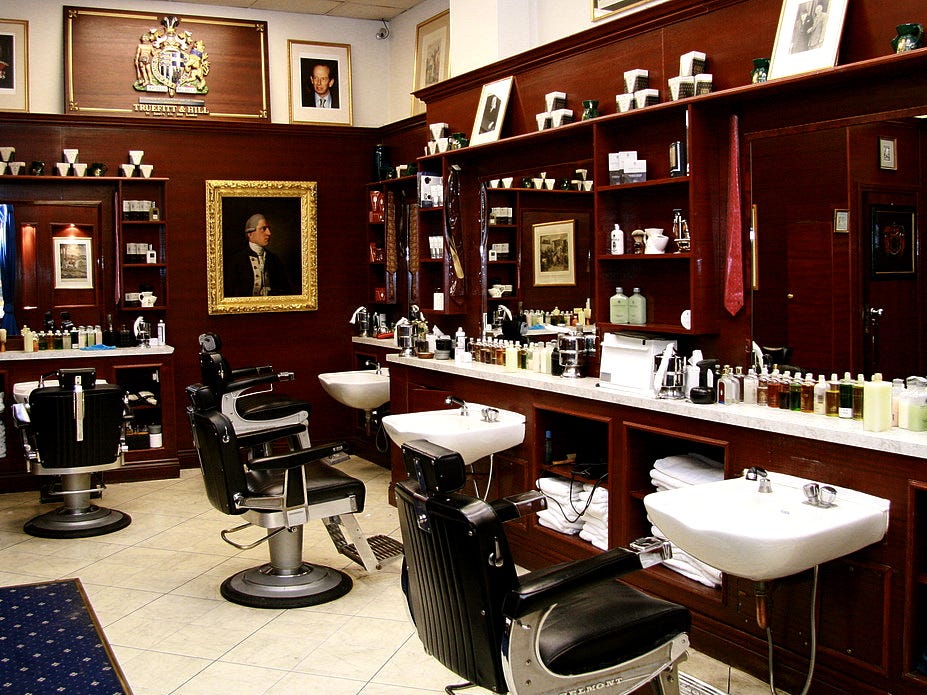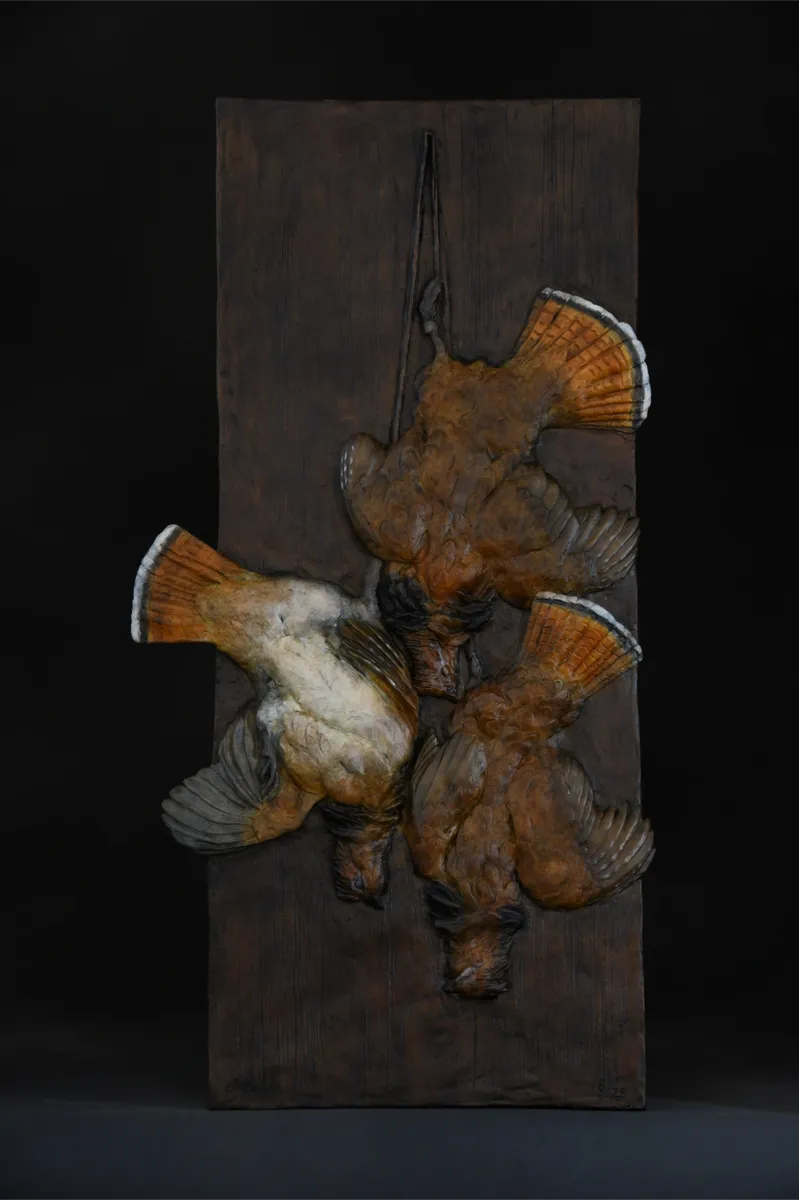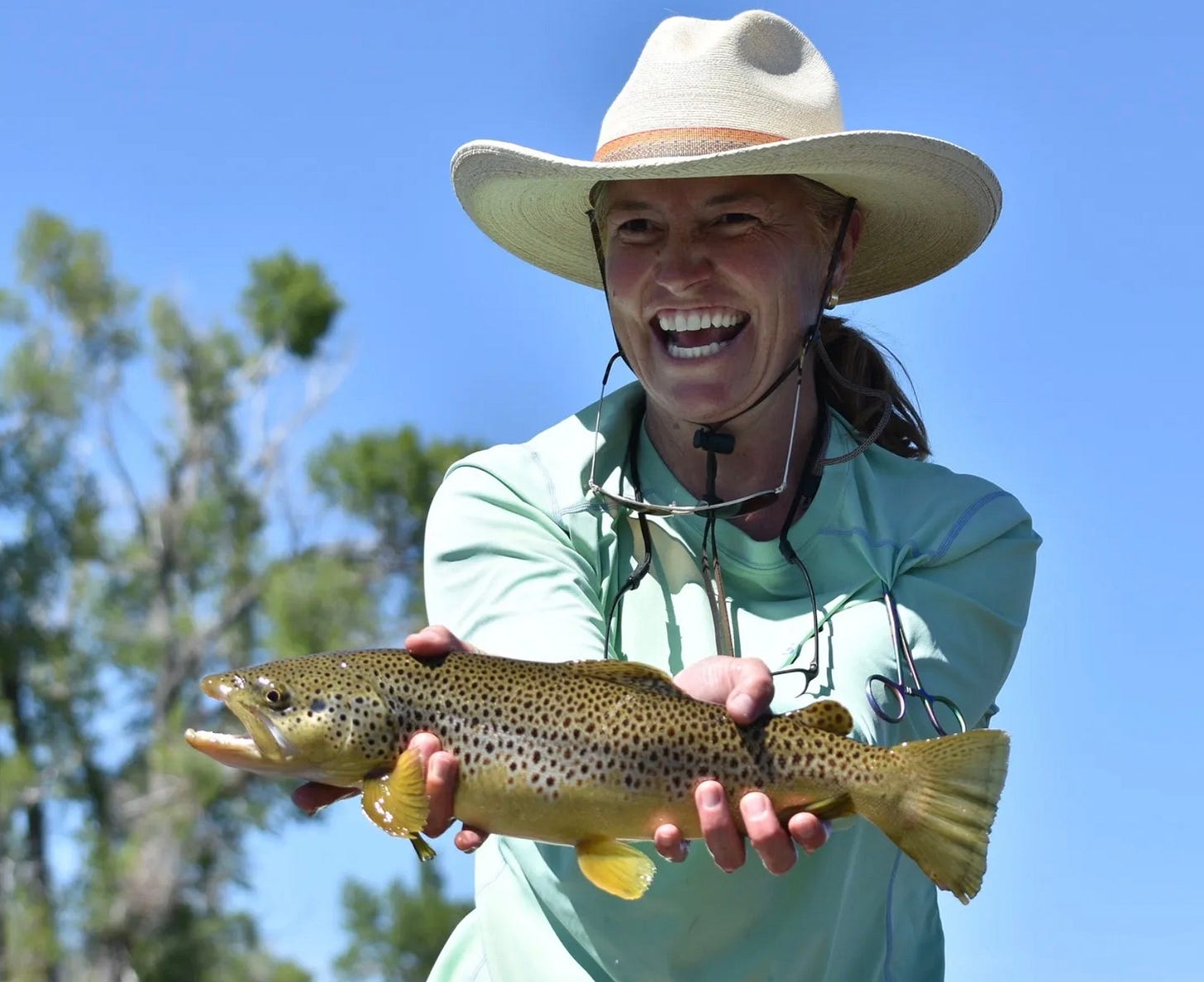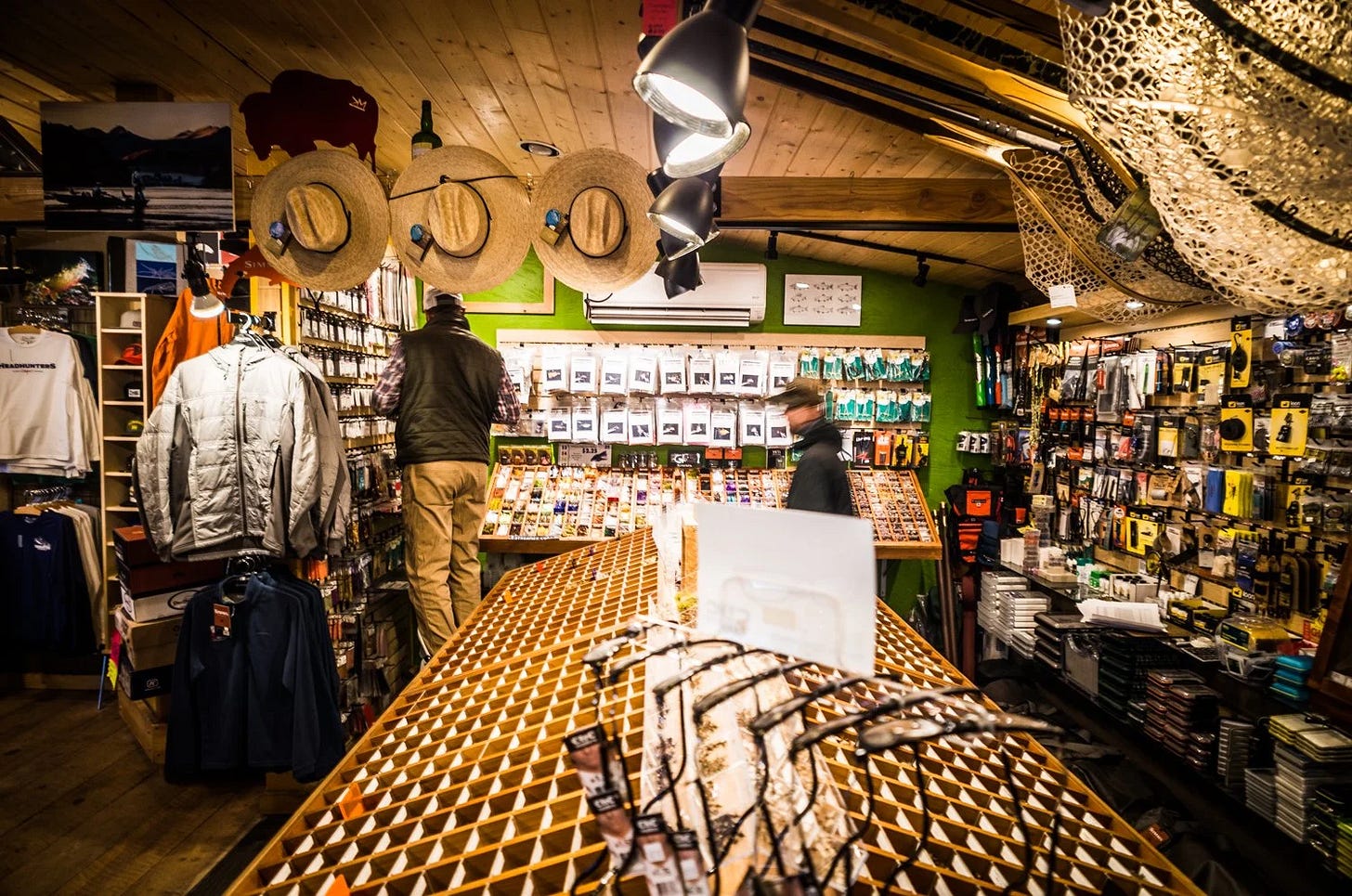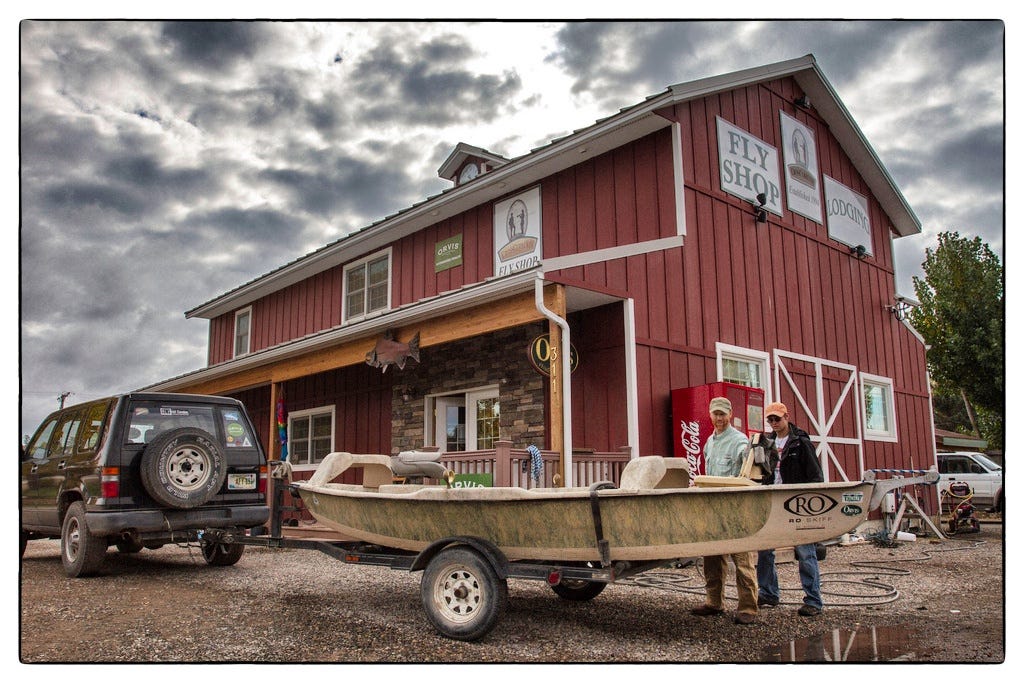The Old Swede: September 26, 2025
A dispatch for the gentleman who values timeless fieldcraft, from Bozeman to Mayfair, from drift boat to barbershop chair.
Off-Road Well
The Defender 110 (1972–2016): The Gentleman’s Workhorse
Few vehicles have earned their place beside fine guns and sporting tweed like the Land Rover Defender 110. Introduced in 1983 but based on the earlier Series III 109 models, the 110 became the vehicle of record for keepers, ghillies, stalkers, and explorers the world over. It was not luxury—it was legacy.
With its long wheelbase, aluminum body, and ability to crawl through bog, rock, and flood, the Defender 110 became indispensable on estates across Scotland, safari camps in Kenya, and ranches in Wyoming. Where it lacked in comfort, it compensated with sheer mechanical tenacity. Its boxy design, minimal electronics, and indestructible chassis made it endlessly adaptable—be it fitted with dog boxes, rifle scabbards, or tow hitches.
Collectors prize early models with the 2.5-litre naturally aspirated diesel, galvanized chassis, and original paintwork bearing the patina of a life well-driven. Whether in Coniston Green or Epsom Black, the Defender 110 is a vehicle with purpose.
Though production ceased in 2016, the 110’s spirit lives on—restored, reborn, or rebodied by companies like Folleys, Twisted, or Arkonik. It remains a global badge of practical style for those who believe a vehicle should not only go anywhere—but belong everywhere.
Suggested Read:
Defender: The Story of the Iconic Land Rover — Elliott Morrison
London Best
Geo. F. Trumper — Mayfair’s Master of Male Grooming
At 9 Curzon Street, tucked behind a modest façade in Mayfair, Geo. F. Trumper has offered Britain’s most discerning gentlemen a shave, a scent, and a sense of continuity since 1875. Here, you don’t book a haircut—you enroll in a ritual.
Inside, mirrors framed in mahogany reflect generations of gentlemen. Barbers wear waistcoats, use hot towels, and wield razors with quiet, surgical confidence. The tools? Badger brushes, Sheffield steel, and lime-scented soaps whipped into peaks of civility. It’s the same service once sought by officers, aristocrats, and actors—Winston Churchill and Cary Grant among them.
Their fragrances are legendary. Sandalwood, Spanish Leather, GFT, and the iconic Eucris—a scent so masculine it became James Bond’s cologne in Fleming’s Diamonds Are Forever. The Trumper catalog is itself a museum of masculine refinement.
To visit is to reclaim a sense of English order and elegance. Whether you’re off to a shoot in Wiltshire, a gala in Chelsea, or simply another week of honest labor, a visit to Trumper reminds one that style begins not with cufflinks, but with a clean shave and quiet confidence.
Suggested Read:
By Royal Appointment: The Best British Barbershops — Clive Worsley
Art & Ephemera
Liz Lewis — Sculpting the Stillness of the Sporting Life
In the foothills of Bozeman, Montana—where elk bugle in autumn and setters stretch across sage flats—Liz Lewis has quietly emerged as one of the finest contemporary bronze artists working in the sporting tradition. Her studio is more workshop than gallery, where wax, clay, and heat converge to shape stories born afield.
Lewis focuses not on grandiose poses but on moments of instinct and connection—a pointing dog frozen mid-step, a covey rise caught just before explosion, a fly angler poised in a perfect upstream reach. Her bronzes, rich with patina and texture, reflect not only anatomical mastery but emotional resonance. Each piece feels lived-in, as if cast not from imagination but from memory.
Raised in a hunting and fishing family, Lewis approaches her subjects with the reverence of someone who has felt the brush on her boots and the recoil in her shoulder. She often works from life sketches and field observation, ensuring that muscle tone, posture, and weight are not just realistic—but honest.
Collectors across the West have taken note, as have, fine art galleries, lodges and private clubs who commission her work for entry halls and gunrooms. Hers is a voice in bronze, one that says: this is the life we choose—not for trophies, but for truth.
Suggested Read:
Sporting Art in the American West — Thomas Quinn
Montana Dispatch
Craig, Montana — The Town That Trout Built
Craig, Montana—population 47—is not a town in the conventional sense. It’s a state of mind for fly fishers, a pilgrimage site for dry-fly purists, and one of the few places in the world where every pickup truck carries a drift boat and every bar serves river-chilled beer.
Located just downstream from Holter Dam, Craig is nestled on one of the most productive tailwaters in North America—the Missouri River. Browns and rainbows grow fat here on hatches of pale morning duns, caddis, and blue-winged olives. The water runs cool, clear, and trout-thick.
Anglers from around the world drift its riffles in spring and fall, casting tiny flies on 5X tippet to sipping trout the size of dinner plates. Guides in sun hoodies quote A River Runs Through It with both irony and conviction. And when the fishing day ends, stories spill out at Izaak’s, Stonefly Grill or the Craig Tap House, lubricated with craft beer, whiskey and weather talk.
There is poor cell service, no real estate boom, no polished branding—just fly, line, river, fish. Craig isn’t trying to be cool. It just is. And that’s why they keep going back.
Suggested Read:
Trout Bum — John Gierach
Shooting Estate or Club Invitation
The Yellowstone Club — Privacy, Powder, and Pursuit
Hidden in the alpine expanse of Big Sky, Montana, the Yellowstone Club is a private refuge where billionaires chase both powder and pheasants in equal measure. It is the only members-only ski and golf community in the world with its own mountain, fisheries, and private hunting grounds.
The sporting amenities are staggering. Think pheasant and chukar fields, sporting clays, trout streams, and elk bugling from ridgelines in September. There’s also heli-skiing, horseback trails, and a members-only lodge that pairs Michelin-level cuisine with fireside gear chats.
Despite its exclusivity, the club maintains a reverence for Western field traditions. Dogs are welcome. Guides are top-notch. And the on-site outfitter can gear you for the river or the range.
What sets it apart, though, is the community of outdoor-obsessed individuals who understand that money is best spent on access to wild places. At Yellowstone, you don’t just escape the world—you buy back time, seasons, and solitude.
Suggested Read:
The Club: Field, Forest & Firelight — T. Jefferson Baird




